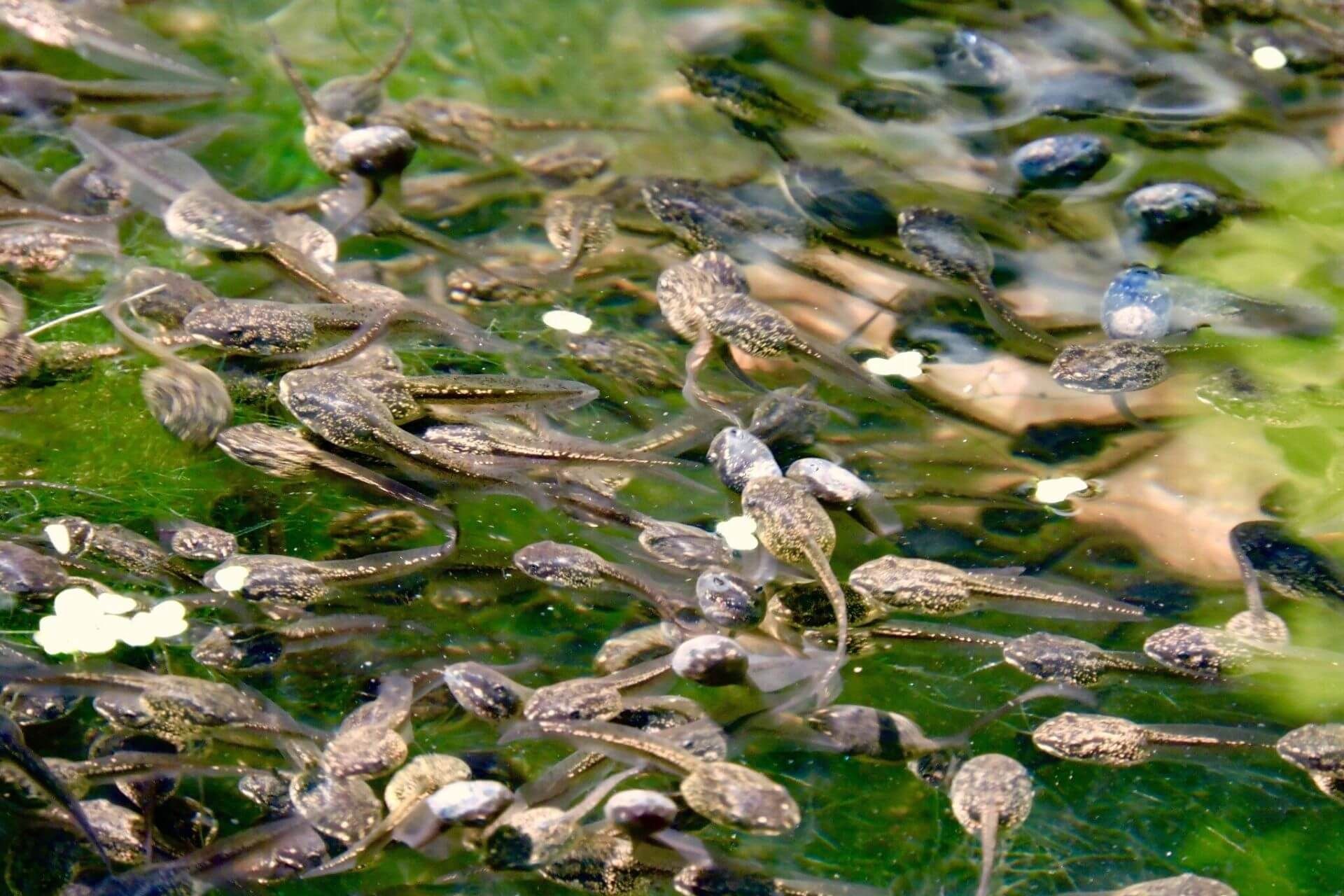We commonly see Bergmann’s Rule being exemplified in mammals. The Sumatran tiger is one of the most endangered animals on the planet, only numbering about 400 individuals on their native island of Sumatra. This subspecies of tiger is the only island species remaining and the only tiger found in a tropical climate. If you have been lucky enough to see one, likely at a zoo, you may have thought they looked a little small. They are the smallest subspecies of tiger, with large males usually maxing out around 300 pounds. The Amur tiger, formerly known as the Siberian tiger, lives far north of the equator. A large Amur tiger can reach more than 600 pounds, more than double the size of the Sumatran tiger.
Bears are another great example; let’s focus on the smallest and largest species. Andean (or spectacled) bears are the only bear found in South America and inhabit the forests of the Andes Mountains near the equator. Males can weigh more than 300 pounds, depending on the season. Regardless of time of year, Andean bears are dwarfed by the largest species of bear, the polar bear. Some males in the Arctic easily exceed 1,000 pounds; talk about letting yourself go!




